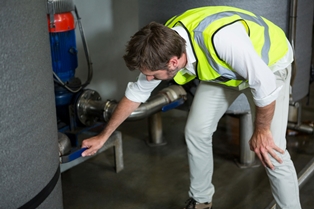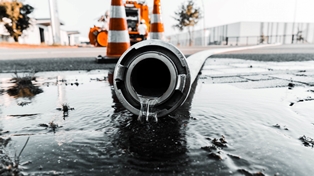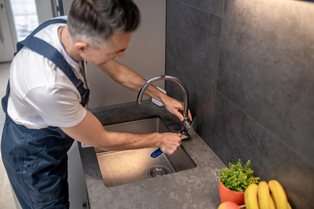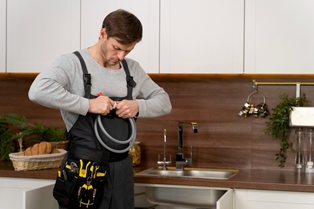Effective drainage systems play a crucial role in maintaining the integrity and functionality of both residential and commercial properties. Over the years, innovations in drainage solutions have evolved to address challenges such as flooding, soil erosion, and waterlogging. This article explores the recent technological advancements and emerging trends in French drains, shedding light on the future directions that hold the potential to revolutionize drainage system design and construction.

Recent Technological Advancements in French Drains:
In the realm of French drains, recent technological breakthroughs have significantly enhanced their efficiency and adaptability. One noteworthy advancement is the integration of sensor technologies, enabling real-time monitoring of soil moisture levels, precipitation rates, and drainage performance. This data-driven approach allows for precise adjustments, optimizing the drainage system’s effectiveness and minimizing the risk of water-related issues.
Additionally, there has been a shift towards the use of advanced materials in French drain construction. High-performance geotextiles and durable polymers are now being employed to improve water filtration, extend the lifespan of drainage systems, and reduce maintenance requirements. These materials contribute to the longevity and sustainability of French drain installations, ensuring they remain effective over the long term.
Emerging Trends in Drainage System Design and Construction:
The evolution of drainage system design is marked by emerging trends that prioritize both functionality and environmental sustainability. Permeable paving materials have gained popularity, allowing water to pass through surfaces and promoting natural groundwater recharge. This trend not only enhances drainage efficiency but also aligns with a growing emphasis on eco-friendly construction practices.
Another notable trend is the incorporation of biofiltration elements within French drains. Green roofs and rain gardens, combined with the drainage system, create synergistic solutions that enhance water quality by naturally filtering pollutants. This holistic approach integrates landscaping with drainage infrastructure, fostering aesthetically pleasing and environmentally conscious developments.
Future Directions and Potential Developments:
Looking ahead, the future of drainage systems holds exciting possibilities. Continued advancements in sensor technologies may lead to fully autonomous, smart drainage systems capable of adapting in real-time to dynamic environmental conditions. Modular and prefabricated components could become standard, streamlining installation processes and providing greater flexibility in system customization.
Moreover, innovations in sustainable materials and construction practices are expected to play a pivotal role. The convergence of green building principles with drainage system design may result in integrated solutions that not only manage water effectively but also contribute to overall environmental conservation.
FAQs
A: French drains are versatile and can be effective in various soil types, including clay, sand, and loam. However, the success of a French drain depends on proper installation and considerations of soil permeability. In some cases, soil testing may be necessary to determine the suitability and design of the French drain for optimal performance.
A: Yes, French drain systems can be installed in existing properties. The installation process typically involves digging a trench, placing the drainage pipe, and covering it with gravel or another aggregate. While installation is possible, it may be more challenging in established landscapes or structures, and professional expertise is often recommended to ensure proper integration without causing damage to existing features.
A: The lifespan of a modern French drain system depends on various factors, including the quality of materials used, the installation process, and environmental conditions. High-quality materials such as durable geotextiles and corrosion-resistant pipes can contribute to an extended lifespan. On average, a well-maintained and properly installed French drain can last 20 to 30 years or more.
A: While some homeowners may attempt to install French drain systems themselves, professional installation is often recommended. Proper installation involves assessing soil conditions, calculating slope requirements, and ensuring precise placement of pipes and drainage materials. Professionals have the expertise to address these factors, resulting in a more effective and durable drainage solution.
A: Regulations and permit requirements for French drain installations vary based on local building codes and ordinances. In many areas, especially those with stringent stormwater management regulations, a permit may be required before installing a French drain system. It is essential to check with local authorities or consult with a professional to ensure compliance with any necessary regulations and obtain the required permits before initiating the installation process.
Conclusion
The ongoing innovation in drainage systems, particularly in the realm of French drains, is pivotal for addressing contemporary challenges and preparing for future uncertainties. By embracing recent technological advancements and emerging trends, we can create more resilient and sustainable drainage solutions. As we look forward to potential developments, it is clear that innovation will play a crucial role in ensuring the effectiveness, efficiency, and environmental responsibility of drainage systems in the years to come.





